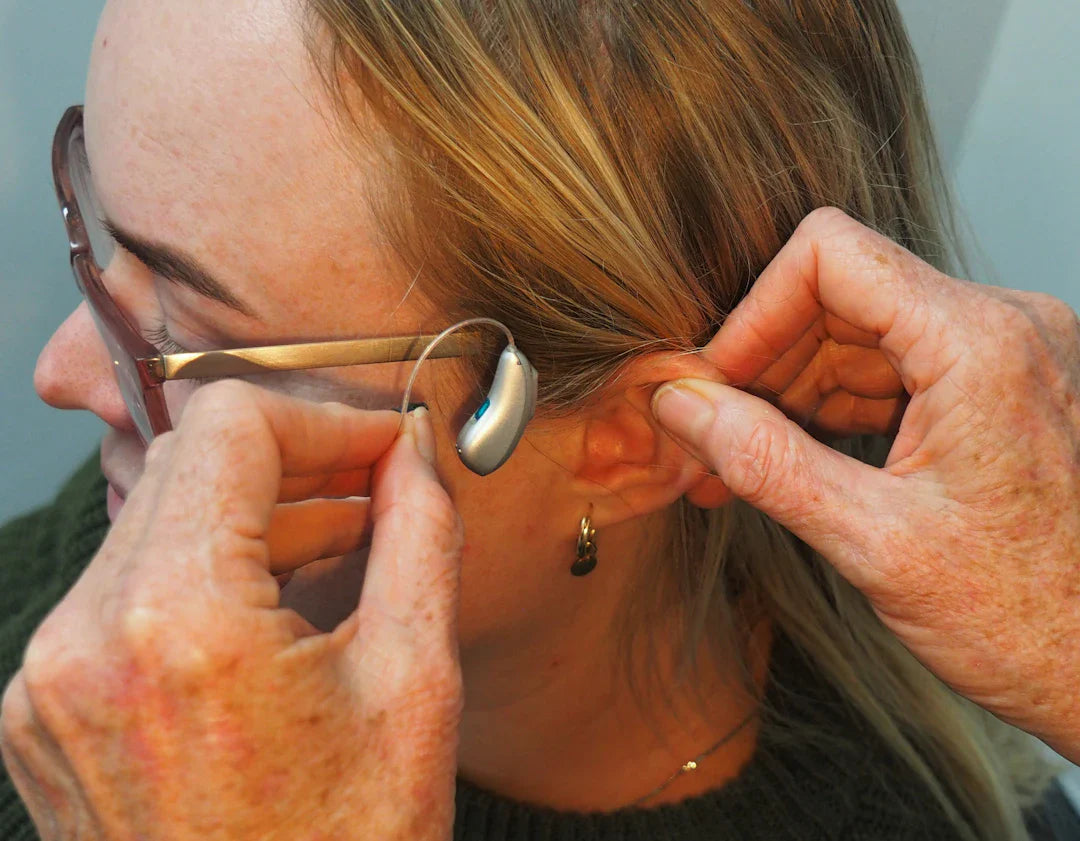Frequently Asked Questions
1. How does hearing loss affect a child's development?
2. What signs indicate that a child may have hearing loss?
3. Why is early intervention important for children with hearing loss?
4. What factors should be considered when choosing hearing aids for a child?
5. How can parents support their child who uses hearing aids?
Hearing loss can significantly impact a child's development, affecting everything from speech and language acquisition to social interaction. With early intervention and the right hearing aids, like the innovative Widex Sheer sRIC, children can thrive and reach their full potential. In this article, we explore the importance of early intervention, the types of hearing aids available, and how parents can support their child's hearing health.
Understanding Hearing Loss in Children
Hearing loss is not just a challenge for adults; it can affect children at any stage of their growth. According to research, approximately 1 in 1000 children is born with hearing loss, while many more may develop hearing impairment as they age. Understanding the signs of hearing loss is crucial for parents, educators, and caregivers.
Signs of Hearing Loss
- Delayed speech and language skills.
- Difficulty following directions.
- Frequent misunderstanding of conversations.
- Challenges in social interactions.
- Signs of frustration when trying to communicate.
Recognising these symptoms early can lead to timely assessments, allowing for appropriate interventions, including hearing aids, as soon as possible.
The Role of Early Intervention
Early intervention is vital in managing hearing loss in children. Research indicates that the earlier a child receives hearing aids, the more favourable their outcomes will be in language development, literacy skills, and social-emotional well-being.
Benefits of Early Hearing Aid Use
Here are several benefits of using hearing aids like the Widex Sheer sRIC early on:
- Language Development: Children exposed to sounds early in life develop language skills more effectively.
- Academic Success: Children with improved hearing abilities are more likely to excel academically.
- Social Interaction: Enhanced hearing supports better communication and social skills.
- Overall Confidence: Access to sound boosts a child's self-esteem and independence.
Choosing the Right Hearing Aids
When it comes to selecting hearing aids for children, various options are available depending on their unique needs. One popular choice is the Widex Sheer sRIC, known for its sophisticated technology, discreet design, and comfort features. Here are some factors to consider when choosing hearing aids for your child:
Key Considerations
- Type of Hearing Loss: Different types of hearing loss may require different hearing aids. Ensure to consult with a hearing specialist for the best fit.
- Size and Comfort: Choose hearing aids that fit securely and comfortably in your child’s ear.
- Technology Options: Modern hearing aids can include features like Bluetooth connectivity and noise cancellation, making them user-friendly.
- Durability: Kids can be adventurous! Opt for robust devices that can withstand day-to-day wear and tear.
The Fitting Process
The fitting process is a crucial step in your child's hearing journey. After choosing the right hearing aids, the following steps typically occur:
Initial Assessment
Your audiologist will conduct a thorough hearing assessment, determining the type and degree of hearing loss your child has. They'll also evaluate any specific needs to recommend the most suitable hearing aids.
Customisation and Fitting
After selecting the right hearing aids, your audiologist will customise them to ensure they align with your child's specific hearing profile. This step is essential as it allows the devices to amplify sounds effectively.
Follow-Up and Adjustments
It’s normal for children to require adjustments after initially wearing hearing aids. Regular follow-up appointments can help fine-tune the settings for optimal performance as your child grows and their hearing needs change.
Supportive Role of Parents
As a parent, your involvement is invaluable in your child’s journey with hearing aids. Here are some ways to support their experience:
Encourage Consistent Use
Encourage your child to wear their hearing aids consistently. Explain to them how these devices help them hear better and engage with the world around them.
Engage in Active Listening
Practice active listening with your child at home. Engage them in conversations, maintain eye contact, and ensure they can visually see you when speaking.
Create a Positive Environment
Creating a positive atmosphere around the use of hearing aids can help your child feel comfortable. Limiting background noise during conversations can also enhance their hearing experience.
Education and Community Resources
Numerous resources are available to support children with hearing loss and their families. Engaging with local community groups, online forums, and educational workshops can provide crucial information and support networks.
Professional Guidance
Consulting with hearing specialists is fundamental. Audiologists can offer professional advice tailored to your child's individual needs, recommend appropriate hearing aids, and provide ongoing support throughout their hearing journey.
Parent Support Groups
Connecting with other parents can be incredibly beneficial. Many organisations provide forums or community groups for parents of children with hearing aids, allowing them to share experiences and strategies.
Navigating School with Hearing Aids
Once your child has received their hearing aids, they will likely face challenges and opportunities in a school setting. Preparing your child for these experiences is crucial for their academic success.
Informing Teachers and Staff
Notify your child's teachers and school staff about their hearing loss and the use of hearing aids. Open communication is vital to ensure they receive the necessary support to thrive in the classroom.
Individual Education Plans (IEPs)
Consider working with your school to create an Individual Education Plan (IEP) tailored to your child's needs. This plan can outline accommodations that will facilitate their learning experience.
The Future of Hearing Health
Thanks to advancements in technology, the future looks bright for children with hearing loss. New innovations in hearing aids, such as the Widex Sheer sRIC, are paving the way for improved sound quality and ease of use. As research continues, we can expect even more efficient solutions tailored to support young ears.
Technological Advancements
Hearing aid technology is continually evolving, incorporating features like smartphone connectivity, app control, and even artificial intelligence. These innovations offer children enhanced hearing experiences and allow for personalisation tailored to their preferences.
Raising Awareness
By raising awareness about hearing loss in children, we foster an inclusive environment where children can communicate effectively. Schools, healthcare providers, and communities need to work together to create support systems that benefit all children facing hearing challenges.
Final Thoughts on Empowering Our Young Ones
While navigating hearing loss can be challenging for children and their families, early intervention significantly eases this journey. With appropriate hearing aids, like the Widex Sheer sRIC, and ongoing support, children can overcome hurdles and flourish in both their personal and academic lives. It’s essential to remain proactive, seek necessary help, and celebrate every achievement, big or small, in your child's hearing journey. Your commitment not only enhances their potential but also empowers them to conquer a world filled with sound!




